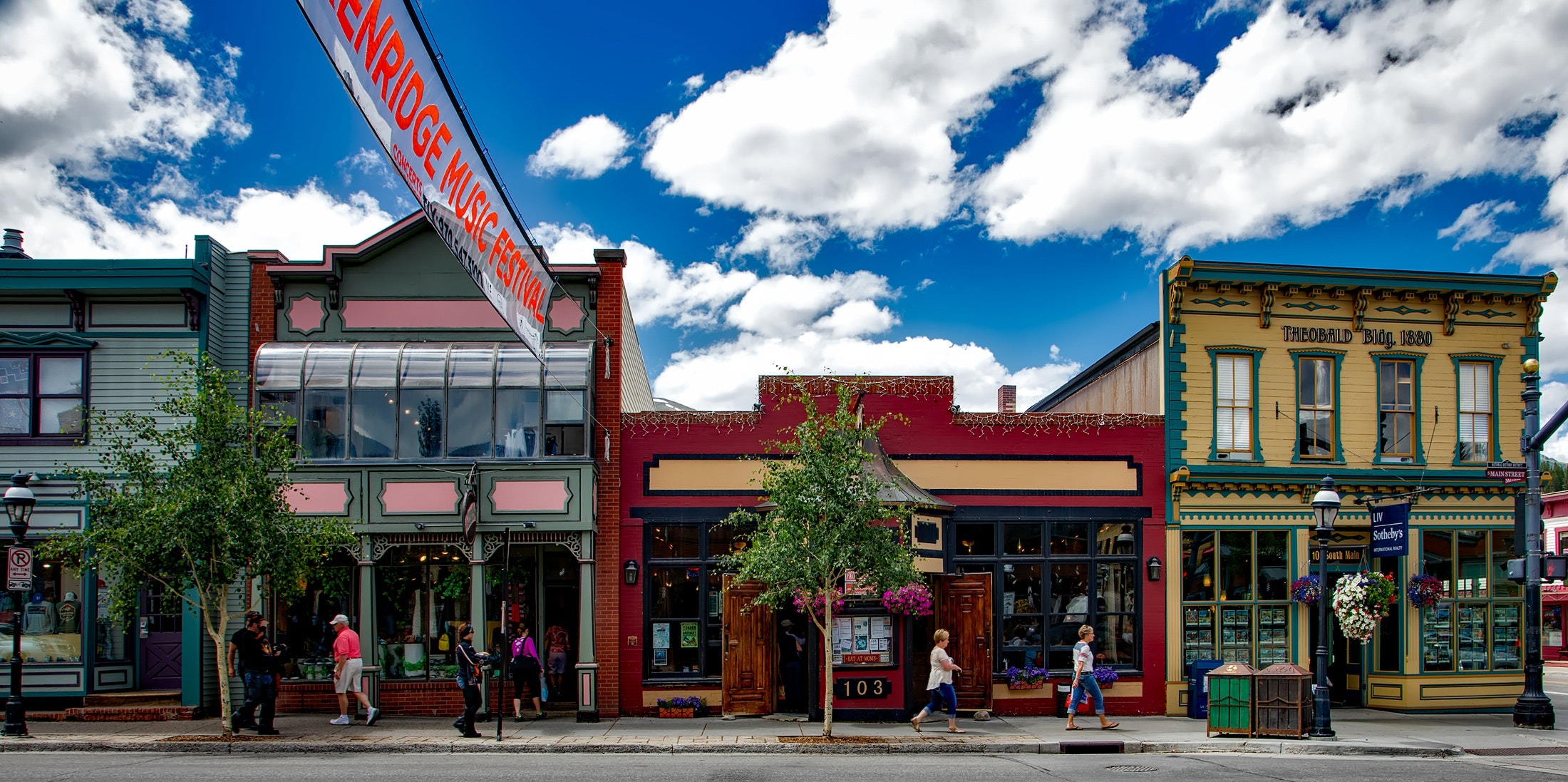Thinking Out Loud: Implications of the Small Business ACE Act

For those of us invested in equity and inclusion, this bill is significant because small businesses can help low-income people and communities help themselves out of poverty.
Here is a quick perspective from one of our fellows, Barbara VanScoy:
Since FY2010, the SBA 7(a) program has dwarfed the CDC/504 Loan program, with gross loan volume at $157 billion versus $43 billion. In FY2018, there were 42,353 SBA 7(a) loans made, but only 3,999 SBA 504 loans.
While 7(a) loan sizes are available up to $5 million, with up to a 75% SBA guaranty to the lender, 504 loan sizes are available up to $5.5 million. A 504 project generally has three main partners: a Third-Party Lender provides 50% or more of the financing; a Certified Development Company (CDC) provides up to 40% of the financing through a 504 debenture (guaranteed 100% by SBA); and an applicant (borrower) injects at least 10% of the financing.
Why does this matter to those of us who care about fostering small business success? SBA 7(a) loans receive substantially more government guarantees and are offered through commercial lending institutions. 504 loans are delivered by Certified Development Companies: private, nonprofit corporations set up to contribute to the economic development of their communities.
Further, 504 loans require that a business create or retain one job for every $65,000 ($100,000 for small manufacturers) provided by the SBA or improve the economy of the locality or achieve one or more public policy goals, including business district revitalization, expansion of minority business development, rural development, climate mitigation, or the expansion of women- or veteran-owned small businesses.
We’ll be following the outcomes of the new bill, as we are intrigued by its potential for impact in communities. As we observe, question, and “think out loud,” we’ll also be listening for input from others who are interested in the Small Business ACE Act.
Comments are closed here.